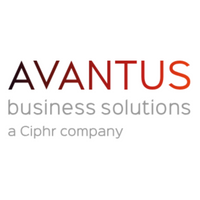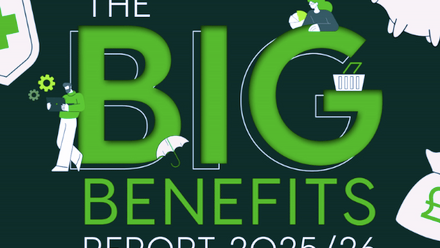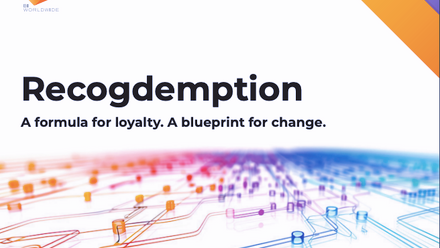User experience: the crux of good benefits technology
Think about the last time you introduced or refreshed a benefits programme in your organisation. Did employees engage with it in the way you’d expected? Or did interest drop off after the initial launch, leaving you questioning the return on investment?
It’s a common challenge. In fact, 67% of UK staff either don’t know about or don’t use the additional services included in their core benefits - highlighting just how easily valuable support can go untapped.
Even the most generous or carefully chosen benefits package can underperform if employees struggle to find, understand, or use it.
The reality is that benefits only deliver value when employees engage with them - and a major driver of that engagement is the user experience (UX) of the technology that underpins them.
User experience matters in benefits tech
Employees expect their workplace technology to feel just as smooth and intuitive as the consumer apps they use every day. If a benefits platform is clunky or confusing, engagement will suffer. But if it’s seamless, simple, and personalised, employees are far more likely to explore, adopt, and return to their benefits.
That’s why HR leaders evaluating benefits technology need to look beyond the list of features or providers and consider something more fundamental: how employees actually experience the platform, day in and day out.
Top 5 UX features to look for in benefits technology
To ensure benefits technology supports engagement rather than hindering it, here are five user experience features HR professionals should consider when evaluating platforms.
- Simplicity and clarity: Employees should be able to navigate the platform quickly and intuitively, without training or a manual. Clear layouts, plain language, and streamlined processes reduce frustration and make benefits accessible to everyone - regardless of digital confidence.
- Mobile-first, always: Most employees expect to access information and services on their phones. A mobile-optimised platform - or better still, an app-like experience - ensures benefits are available at the touch of a button, whether on the train, at home, or during a busy workday.
- Personalisation that feels human: One-size-fits-all benefits platforms are fast becoming outdated. Personalisation — such as tailored recommendations based on life stage, usage patterns, or wellbeing needs - helps employees feel that the system understands them. Small touches, such as reminders timed around life events or wellbeing campaigns, can make a big difference to engagement.
- Seamless integration and accessibility: Benefits platforms shouldn’t feel like a separate system. Single sign-on, smooth integration with HR and payroll systems, and inclusive design (multilingual options, accessibility compliance) are now baseline expectations. Accessibility in particular ensures no employee is left behind.
- Data and feedback loops: A great UX is one that evolves. Platforms should provide HR with clear insights into adoption and usage trends, while also offering employees simple ways to give feedback. This creates a virtuous cycle of continuous improvement.
The impact of good UX on HR teams
A well-designed user experience doesn’t just benefit employees - it makes life easier for HR too. When platforms are intuitive and accessible, employees are less likely to turn to HR for support with basic queries. This reduces administrative overhead and frees HR to focus on strategic priorities.
Good UX also helps HR teams demonstrate value to leadership. Higher adoption rates mean a stronger return on investment in benefits, alongside improved wellbeing and engagement outcomes. Ultimately, benefits technology with strong UX contributes to employer brand, making the organisation more attractive to both current and prospective employees.
How to evaluate benefits platforms with UX in mind
When considering new benefits technology, HR leaders should put themselves in the shoes of the employee. Some practical steps include:
- Test the employee journey: log in, navigate, and try to access benefits as if you were an employee.
- Run pilot groups: gather honest feedback from employees across different demographics.
- Ask vendors about UX testing: how often is it updated, and how do they gather user feedback?
- Consider inclusivity: does the system adapt for different levels of digital confidence, languages, and accessibility needs?
By keeping UX front and centre in the decision-making process, HR can ensure that their benefits investment translates into genuine engagement.
Conclusion
Employee benefits are only valuable if employees use them. A modern benefits platform needs to reflect the digital experience found within the wider consumer ecosystem - it needs to connect, engage and inspire employees.
HR leaders who demand simplicity, personalisation, integration, and ongoing evolution from their benefits platforms will see higher engagement, stronger ROI, and a more positive employee experience overall.
Ultimately, it isn’t just about having the best perks - it’s about how employees experience them.
Supplied by REBA Associate Member, Avantus
Flexible Benefits & Technology specialist providing online, highly configurable platforms to Customers and Intermediaries worldwide.








